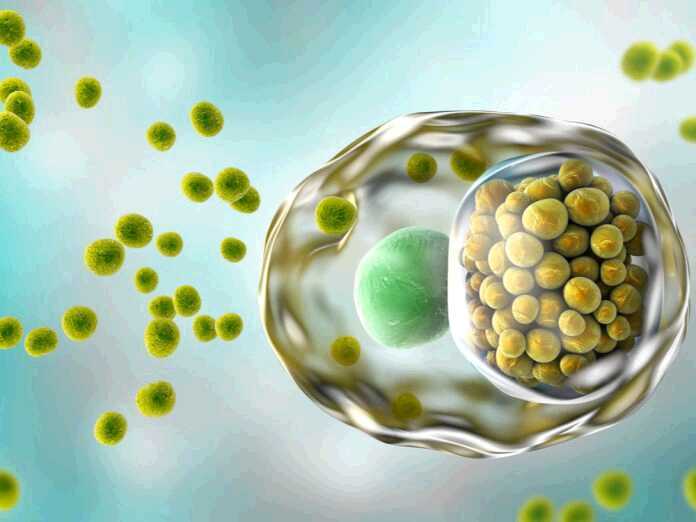
A recent report issued by CDC reveals that chlamydia is the most common STI in the US by far. In 2016 alone, there were almost 1.6 million cases of this bacterial infection. That’s more than three times as many as gonorrhea, the second most common STI.
How Do You Contract Chlamydia?
Like all STIs, you can contract chlamydia through unprotected sex with an infected partner. But your sexual behavior isn’t the only thing that could put you at risk of an infection. Other risk factors may include your age and gender, as well as your sexual orientation.
The following groups of people may all be at a higher risk of contracting chlamydia:
- Sexually active women between the ages of 14 and 24
- Young women with cervical ectopy
- Sexually active gay men
Complications of Chlamydia
Testing for chlamydia is very important, as the infection can cause some serious complications. Women with untreated chlamydia could develop pelvic inflammatory disease and have difficulties during pregnancy. For men, an untreated infection could lead to an inflammation of the testicles. Both men and women may also be at risk of reactive arthritis.
All sexually active women should get regular annual screenings for chlamydia. That’s because many of them can have an infection without any symptoms. Men should also get at least an annual checkup, especially if they’re in an at-risk group.
What to Do If You Have Chlamydia
If you suspect you may have chlamydia, you should visit your doctor as soon as possible. Seeing as it’s the most common STI in the country, its treatment is very simple. The doctor will prescribe an antibiotic called azithromycin. You only need to take it once for the infection to clear up.
To prevent further infections after you recover, you need to practice safe sex. On top of that, both you and your partner should get screened for chlamydia at least once a year.






























